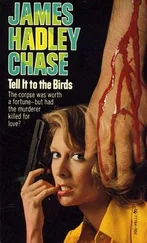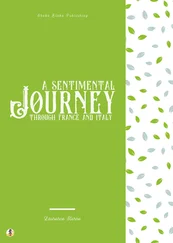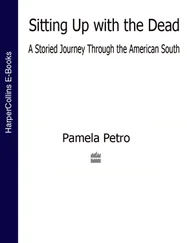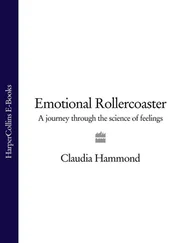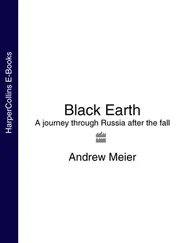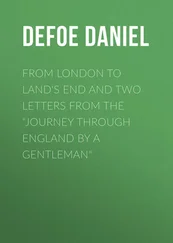Along with Richard Kearton and another wildlife photographer, R. B. Lodge (both important influences on Gordon), Gordon was in the vanguard of early bird photography in this country. Cycling around Deeside in the first years of the twentieth century with his half-plate Thornton Pickard Ruby camera with Dallmeyer lens, Gordon took many exceptional photographs of birds and the wider fauna of the region. Upland species were his speciality: snow bunting, curlew, red-throated diver, ptarmigan … Many of these photographs he published in the books he wrote. Twenty-seven books in all, the bulk of them about the wildlife and landscapes of the Highlands and Islands. His books take up a wall of shelving in my house; greens and browns and pale silver spines, embossed with gold lettering: Birds of the Loch and Mountain ; The Charm of the Hills ; In Search of Northern Birds ; Afoot in the Hebrides ; Wanderings of a Naturalist ; The Cairngorm Hills of Scotland ; Amid Snowy Wastes ; Highways and Byways in the West Highlands … I love their Edwardian-sounding titles, the earthy colours of their spines, the smell and feel of the books’ thick-cut paper with its ragged, crenulated edges.
Of all the birds that Gordon photographed and studied, the golden eagle was the one he came to know the best. Eagles were his abiding love, his expertise. He published two monographs on them: Days with the Golden Eagle in 1927 and The Golden Eagle: King of Birds in 1955. Both these studies, particularly the latter, went on to influence and inspire a subsequent generation of naturalists and raptor ornithologists. I often come across warm references to Gordon’s golden eagle studies in the forewords and acknowledgements of contemporary works of ornithology. His two golden eagle books were also a huge influence on me. I read them many times when I was a teenager. They set this book gestating.
And then there’s my own version of Gordon’s walk with Kearton. A family holiday on the Isle of Lewis. I am fourteen or fifteen. In the photos from that week we are sitting on the island’s vast, empty beaches, our hair washed out at right angles by the wind. Family picnics: brushing the sand off sandwiches, a lime-green thermos of tomato soup. In the background, sand dunes, a squall inside the marram grass, a blur of gannet flying west.
One day out walking on the moors I discovered something momentous. I had been following a river into the hills and as I came up over the watershed I noticed a small loch lying in a shallow dent of the moor. Wherever there is a depression in the land on Lewis, water gathers. It patterns the island intricately, beautifully. From the air much of the land looks tenuous, as if it is breaking apart, a network of walkways floating on black water. The loch I came across – a lochan – a small pool of peat-dark water, like a sunspot against the purple moor. In its centre, rowing round and round, beating the lochan’s bounds, a red-throated diver with its chick. I was mesmerised. They are beautiful, rare birds that I had read about but never seen. I sat down in a bank of heather above the loch and watched the bird’s sleek outline, the faint blush of her throat. Always the sense in her streamlined shape that, sitting on the water, she was not quite in her element, that once she dived, like an otter, the water would transform her. But I had to get back – needed to get back – and tell someone. I raced over the moor and gasped out my discovery to nodding, distracted faces.
Except for Mum. She was interested. She wanted to hear more about what I had found, got me to show her in a bird book what the diver looked like, listened when I explained how its eerie, otherworldly call was supposed to forewarn of rain. And the next morning it rained but Mum and I walked across the moor to the lochan where I had found the divers. And so I became a guide, leading my mother up the river and over the rise in the moor, and in doing so felt something Gordon must have felt guiding Richard Kearton up the flank of the mountain through the night. Me walking far too fast in my exhilaration, almost running over the peat bog, Mum calling me to slow down. Reaching the lochan: the two of us sitting down in the heather, catching our breath. Mum asking if she could borrow my binoculars.
Where Eric left me became my home for the next two days. I walked up the valley in the early morning, looking for the print my weight had made in the heather the day before; not recognisably my shape, more like a shallow quaich scooped out of the heather as if snow had slept there and in the morning left and left behind its thaw-stain on the ground. The heather held me almost buoyant in its thickness. I settled down in it like a hare crouched in its form, felt the wind running over my back.
Rummaging through Orkney’s deceased dialects I borrowed a handful of words besides those I had found to describe the different kinds of rain. Loaned words to help me navigate the land. I liked the ways, like a detailed map, they attended to the specifics, to the margins of the landscape around me. Cowe : a stalk of heather, which the wind swept like a windscreen wiper across my view of the moor; burra : hard grass found in moory soil; gayro : the sward on a hillside where the heather has been exterminated by water. And this word – a lovely gift – which described perfectly my form in the heather, beul : a place to lie down or rest.
To reach my beul on the moor I had to pass through different zones of birds. Each species seemed to occupy its own layer of the valley as if it adhered to an underlying geology of the place. Oystercatchers over a layer of marl, curlews spread across a bed of sandstone. All of these territories seeping, blurring into each other along fault lines in the moor. For a long time I struggled to get a hold of the birds. There was so much movement amongst them, so many birds to keep track of. I began to draw Venn diagrams of the birds’ locations and their movements across the moor till the pages of my notebook were filled with overlapping water rings. Gradually I came to see this small patch of moorland as the meeting point of several territories. There were four species of raptor alone breeding in the heather around me – kestrel, hen harrier, merlin and short-eared owl – and these birds’ interaction with each other, and with the large population of breeding wader birds, the curlews in particular, held me captivated over the two days I was there.
Trespassing, ghosting through all these territories like blown fragments of white silk, were the short-eared owls. The focus of their territory was a shifting area that moved around the location of the young owls as they dispersed through the deep heather. Sometimes I passed close by the owlets, hidden from me, calling loudly to their parents for food. Their high-pitched keek drilled through me as if I was passing through a scanner. Then the adult birds appeared beside me. They arrived suddenly, quietly, like shapes congealed out of mist. They flew very close, hovering just above my head. Pale white underwings marked with black crease lines as if in places the wings were beginning to thaw. Their faces a deep snow-cloud grey. Black eye-bands, like masks, which set their bright yellow eyes deep in their cupped faces. Always, as the owls hung above me, a sense of being watched and of their gaze penetrating through me. Beautiful in their buoyancy. Wing-tippers, possessed of twisting grace, flickering low over the moor like giant ghost moths.
I never expected to see so much so soon on this journey. I had set off fully expecting to be frustrated, to not find many of the birds I was looking for. But Orkney gave me so much time with its birds of prey, spoilt me utterly in that respect, so that every stage along my journey since has harked back to the time I spent on the islands.
Читать дальше


